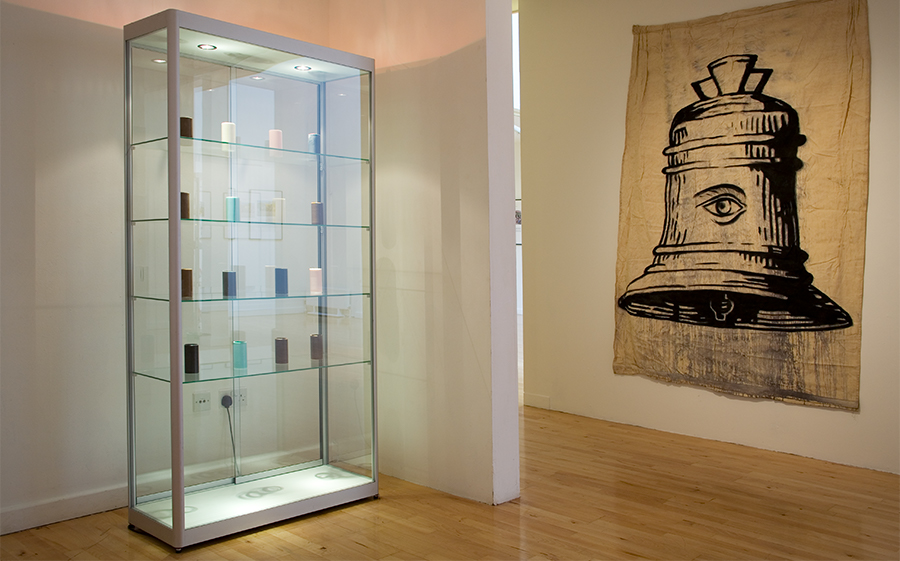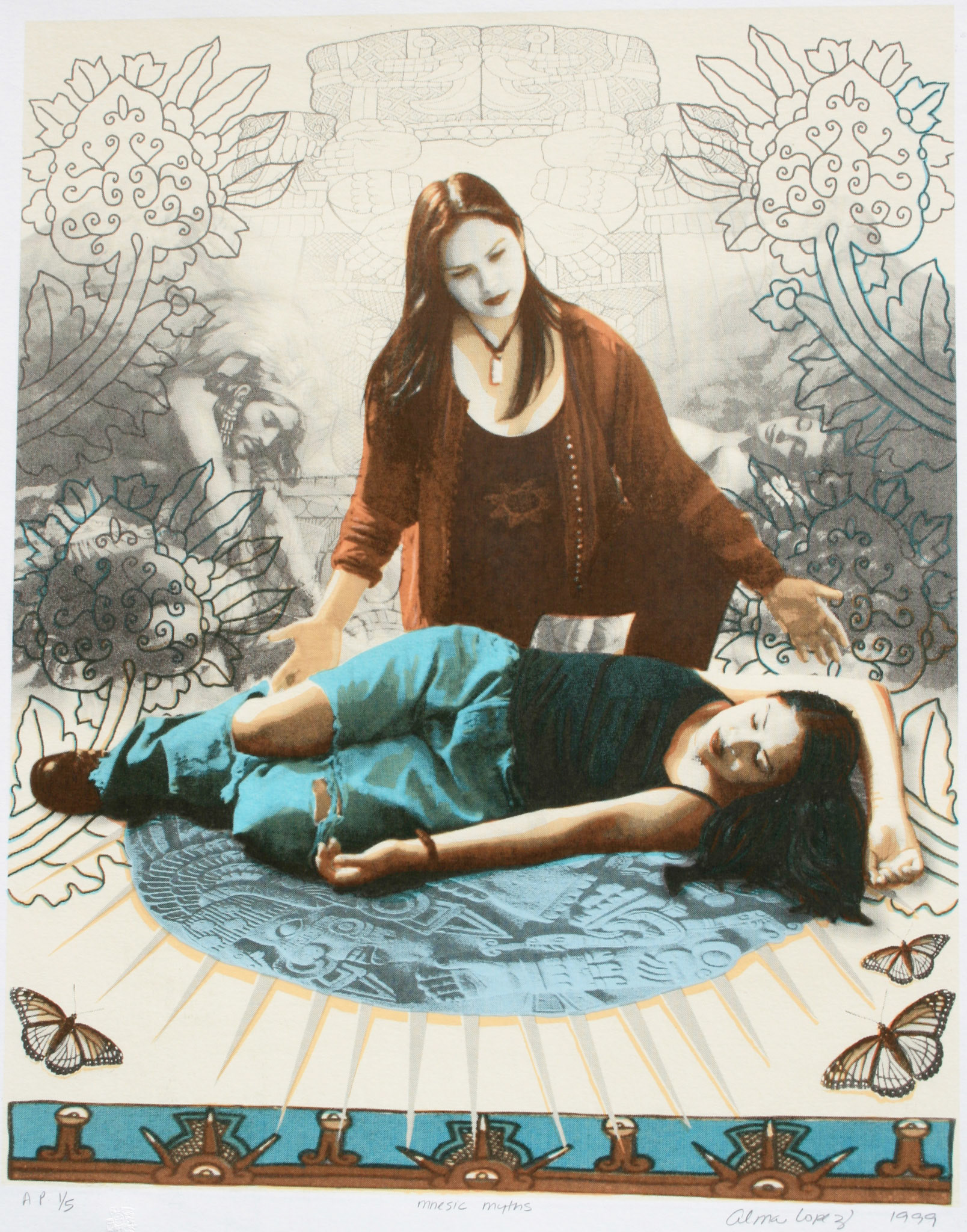The Denver Art Museum panel directed by Jorge Rivas centered around Mexican Modernism and featured Pablo Helguera, Damian Ortega, and, of course, our Professor Alma Lopez. I must admit that before this presentation I had no idea of what Modernism was, but I immediately was intrigued by the variety in the art that was presented. As someone with limited art knowledge, I have been under the impression all art belonging to a certain movement must be nearly identical.
The first presenter was Pablo Helguera, who is originally from Mexico City, but set out early on his career to explore what it means to create Mexican art. Part of this was exploring how others viewed Mexican cultural items and this led him to initiate the Instituto de la Telenovela, to understand the impact that telenovelas (Mexican soap operas) have on other countries. What stood out the most for me from his work were the wax cylinders that are part of the Dead Languages Conservatory. It provoked an unease in me to see how the essences of cultures could be condensed into small wax cylinders that require special technology to be heard. While part of me was in awe, another part of me was almost angry, not at Helguera, but at the prospect that the voices captured on the wax cylinder would most likely be the last to be heard speaking in those languages. It read as defeat.

Following Helguera, Damian Ortega then took the spotlight and told us a little bit about his background before presenting us some of his sculptures. Ortega began his career as a political cartoonist, and to this day his work remains largely political while using unorthodox materials. Experimentation is important to Ortega, he is constantly trying new methods or challenging what he can do with a material, take for example his bold exhibition, Controller of the Universe, which uses a wide variety of tools like saws, shovels, and axes. Ortega has used his time during the pandemic to continue producing incredible work, like his False Movement sculpture that utilizes oil barrels, a piece he said represented the fragility of the oil industry during the pandemic.
The last presenter was our very own Alma Lopez, who demonstrated to us the importance of being close to your art. Contrasting to Ortega, when Lopez was asked if her work was political, Lopez said that she does not seek those connotations when creating, she simply wants to depict life as she sees it, but supposes that the items she stands for are innately political. Lopez spoke greatly about the symbolism in her work, from using drawings from codices, aspects of popular Mexican culture (like La Sirena), the mythology surrounding la Virgen de Guadalupe, and the story of Coyolxauhqui. The art piece that caught my attention the most during the presentation was her serigraph that depicts the legend of Popo and Itza, particularly because it was interesting to consider this legend that I have known as a child under a new light, and I particularly like the nuance the codex gives, hinting they are in heaven.

No comments:
Post a Comment